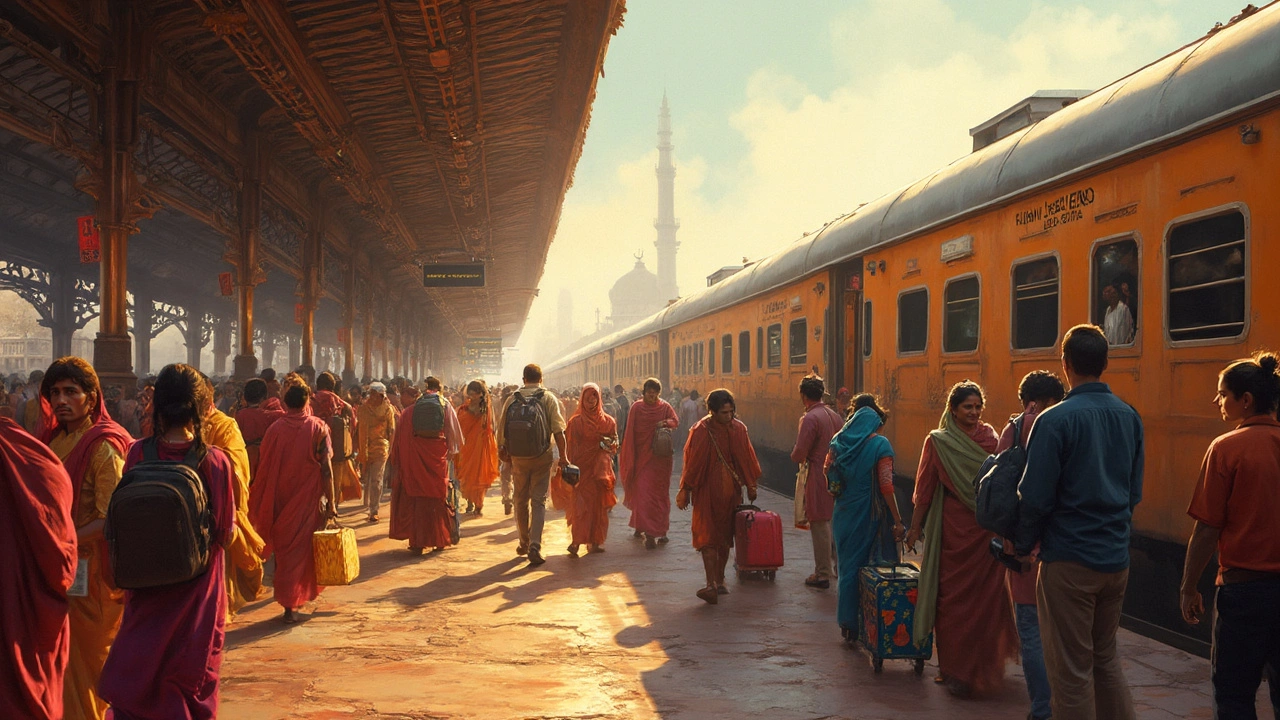SEARCH
Train Travel India: Your Quick Guide to Riding the Rails
If you’re looking to see India without airport crowds, trains are the way to go. They’re cheap, they reach places flights miss, and the views are unforgettable. Below you’ll find straight‑forward advice on booking, saving money, staying safe, and choosing the right train for any budget.
How to Book Like a Pro
The easiest method is the IRCTC website or mobile app. Create an account, add a few payment options, and you’ll be able to grab tickets the moment they release—usually 120 days before departure. For last‑minute trips, the tatkal quota opens a day before travel, but expect higher prices and quick sell‑outs.
Don’t forget the private portals like Paytm or MakeMyTrip; they sometimes show discount codes that IRCTC doesn’t. If you’re on a tight schedule, consider using a travel agent in the city you’re departing from—many agents have a small markup but can secure a confirmed berth when online slots are full.
Choosing the Right Train for Your Budget
India’s rail network offers everything from rattling passenger trains to five‑star luxury coaches. For the frugal traveler, the second class sleeper is the sweet spot: a basic berth, a fan, and a shared bathroom. It’s comfortable enough for overnight journeys and costs a fraction of a flight.
Mid‑range travelers often pick the AC 3‑tier. You get air‑conditioning, three berths per side, and a cleaner washroom. It’s still cheap—usually under $30 for long distances like Delhi to Chennai.
If you crave a once‑in‑a‑life experience, look at India’s luxury trains: the Palace On Wheels, Maharajas' Express, or the Golden Chariot. These run on fixed itineraries, include meals, and provide private cabins with en‑suite bathrooms. Prices start around $1,500 for a night, but the service and scenery are worth it for a special occasion.
Another budget‑friendly option is the regional express. They stop at smaller towns, letting you explore off‑beat destinations without extra transport costs.
When you’re planning, check the train’s average speed. Superfast trains (e.g., Rajdhani, Shatabdi) shave a few hours off long routes and often have better punctuality. The trade‑off is slightly higher fares, but the time saved can be useful if you’re on a tight itinerary.
Finally, keep an eye on the coach composition. Some long‑distance trains have a mix of sleeper, AC 3‑tier, AC 2‑tier, and even a pantry car. Knowing which coach you need helps avoid last‑minute upgrades that can break the bank.
With these basics, you’re ready to hop on India’s railways and see the country from a whole new angle. Happy travels!

How Long is the Train from Delhi to Goa?
Traveling by train from Delhi to Goa offers an adventurous journey across India, merging vibrant city life with serene beach vibes. This article dives into how long the train ride takes, what to expect on the trip, and the options available. Discover tips for a comfortable journey and insights for planning your beach escape to Goa. Learn about the best times to travel and the experiences awaiting upon arrival.
Continue reading